Since moving into my West Seattle house five years ago, I’ve been on a mission to reduce the amount of lawn on the property. My goal was to get rid of about two-thirds of the lawn, leaving only a small area in the front of the house and the side yard for the dog. A quick way to get rid of lawn is to rent a sod-cutter, cut up the sod and haul it away. But this can get expensive, especially if you have a large-sized lawn. Sheet mulching is a cheaper alternative though it requires more time and patience. It’s great for controlling weeds, improving soil and getting rid of grass. The idea with sheet mulching is to kill the lawn (and any weeds) by putting down an organic weed barrier that breaks down over time while keeping sunlight out. After about six to nine months, you’ll have a rich soil that you can plant in.
Here’s a step-by-step guide to sheet mulching
Step 1: Mow the lawn as short as possible.
Step 2: It helps to add compost or chicken manure to the lawn to help jump start the decomposition process before you lay down your weed barrier. The high nitrogen in the compost or manure will help build good soil.
Step 3: Soak the area with water.
Step 4: Put down your organic “sheet mulch,” or a weed barrier that kills the lawn and weeds and prevent weed seeds from germinating. You can use several layers of newspapers, cardboard boxes or burlap bags. Make sure to lay down several layers of whatever material you use and overlap them so there’s no gaps where weeds or grass can push through.
Step 5: Add a thick layer of compost, grass clippings or leaves over the weed barrier, about three inches thick. Many people skip this process altogether, but I personally think it’s worth the time and trouble. If you do it right the first time, you’ll have rich soil that you won’t need to fuss with later on.
Step 6: Add a layer of top dressing such as leaves, wood chips, bark or sawdust, about three inches deep.
Step 7: Wait for time and earthworms to do the work. Over time, this top layer will break down with the other layers beneath it, and you’ll have rich, loamy soil. If you’re anxious to plant, you can cut a hole in the weed barrier (newspaper or cardboard).
We have sheet mulched large areas of our planting strip (the no-man’s land between the sidewalk and street) and front lawn with great success. It took about six months to a year before things really broke down, but we were slowly able to add plants to our landscape beds by digging through the layers. Our entire side yard, about 600 square feet, was sheet mulched a couple years ago, and is now the site of a rich, productive vegetable garden.
 spectacular garden, mark July 19 on your calendar. This is the date of the 15th West Seattle Garden Tour. Eight residential homes will be open to the public for viewing. Tickets are on sale for $15.
spectacular garden, mark July 19 on your calendar. This is the date of the 15th West Seattle Garden Tour. Eight residential homes will be open to the public for viewing. Tickets are on sale for $15.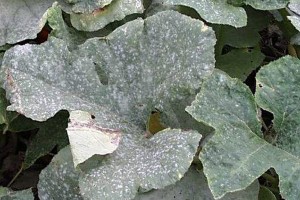 It’s likely powdery mildew fungus, a common disease that can be found on squashes, roses, dahlias, cucumbers, pumpkins, azaleas, dogwoods and many more plants. The fungus often causes leaves to wilt, turn yellow, drop from the plant or curl up. The fungus thrives in moderate temperatures and high humidity, and tends to favor plants in shady, overcrowded areas.
It’s likely powdery mildew fungus, a common disease that can be found on squashes, roses, dahlias, cucumbers, pumpkins, azaleas, dogwoods and many more plants. The fungus often causes leaves to wilt, turn yellow, drop from the plant or curl up. The fungus thrives in moderate temperatures and high humidity, and tends to favor plants in shady, overcrowded areas.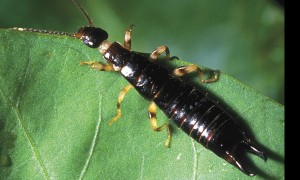 They’re ugly little suckers, and distinctive in their look: dark brown long body with light brown legs and forceps at the rear. (Those pincers are harmless to humans). They’re nocturnal pests, so they come out at night. During the day, they tend to hide in moist, cool shady spots, including under leaves, garden pots, wood or compost piles, mulch. Some feed on aphids, insect eggs and mites, which is beneficial, but they also tend to snack on seedling plants, fruit crops such as strawberries, and flowers such as dahlias, zinnias and marigolds. You’ll find tiny irregular holes in the leaves, or you’ll notice that the leaves have been chewed around the edges.
They’re ugly little suckers, and distinctive in their look: dark brown long body with light brown legs and forceps at the rear. (Those pincers are harmless to humans). They’re nocturnal pests, so they come out at night. During the day, they tend to hide in moist, cool shady spots, including under leaves, garden pots, wood or compost piles, mulch. Some feed on aphids, insect eggs and mites, which is beneficial, but they also tend to snack on seedling plants, fruit crops such as strawberries, and flowers such as dahlias, zinnias and marigolds. You’ll find tiny irregular holes in the leaves, or you’ll notice that the leaves have been chewed around the edges.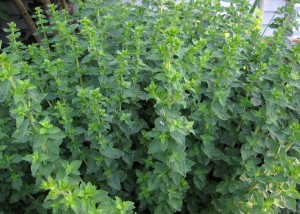
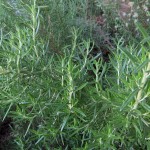
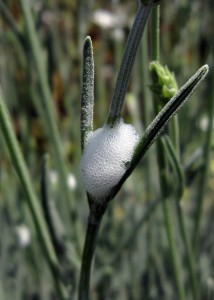
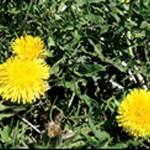
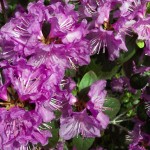
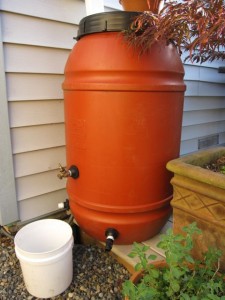
 some raised vegetables beds in her parking strip without first paying for a $225 permit. She had gotten rid of grass that filled her planting strip — that no-man’s land between the street and the sidewalk — and was getting ready to put in raised beds, when she had to take it down.
some raised vegetables beds in her parking strip without first paying for a $225 permit. She had gotten rid of grass that filled her planting strip — that no-man’s land between the street and the sidewalk — and was getting ready to put in raised beds, when she had to take it down.


